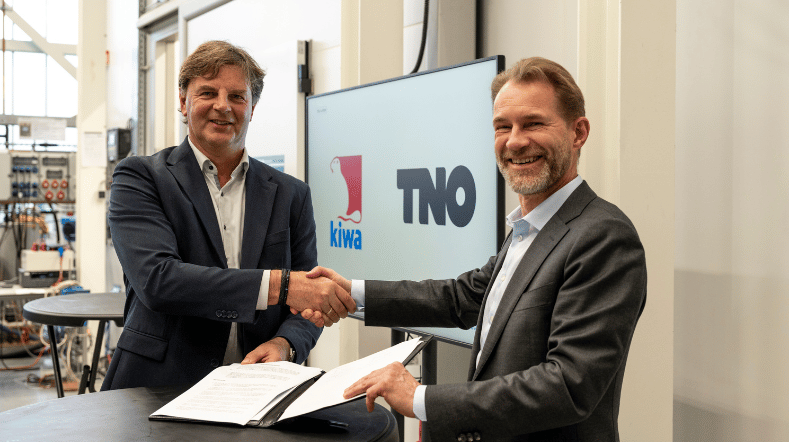Safe and sustainable living environment
Without even thinking about it, we use the infrastructure and buildings around us on a daily basis. They have been realised by the construction and engineering sector and make an indispensable contribution to our society. View the latest developments and innovations we are working on for a safe and sustainable living environment.
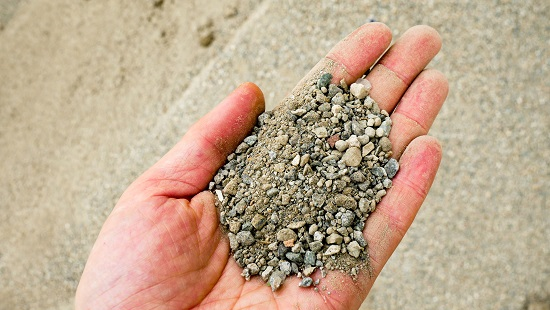
Pioneering sustainable concrete
Meet MIMO: our new approach to sustainable concrete with (re)use of secondary raw materials. Read what this means for the concrete sector.
Our latest developments
47 resultaten, getoond 1 t/m 5
Increasing Wadden Islands’ sustainability with energy from water
The Wadden Islands aim to generate much of their electricity from renewables by 2030, utilizing wind, solar, waves, and tides.


Advancing wind turbine blade reliability through innovative monitoring and digital twin technology
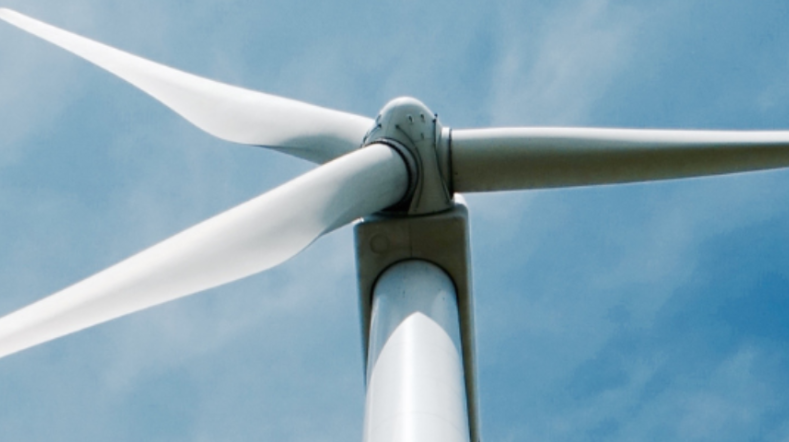

Predictive Twin Lab for the built environment
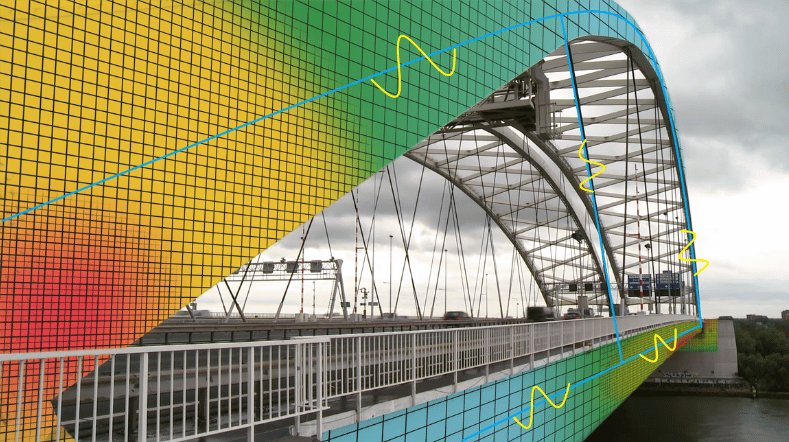

TNO nitrogen approach a blueprint for all sustainability challenges
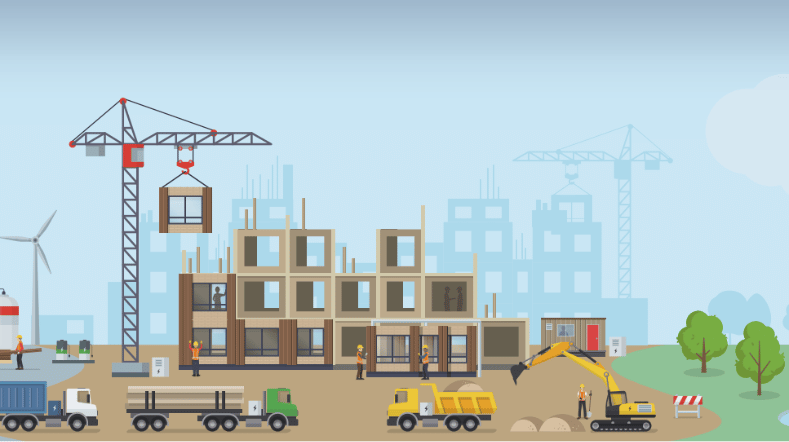

TNO and Kiwa to draw up test protocol for heat pump systems
